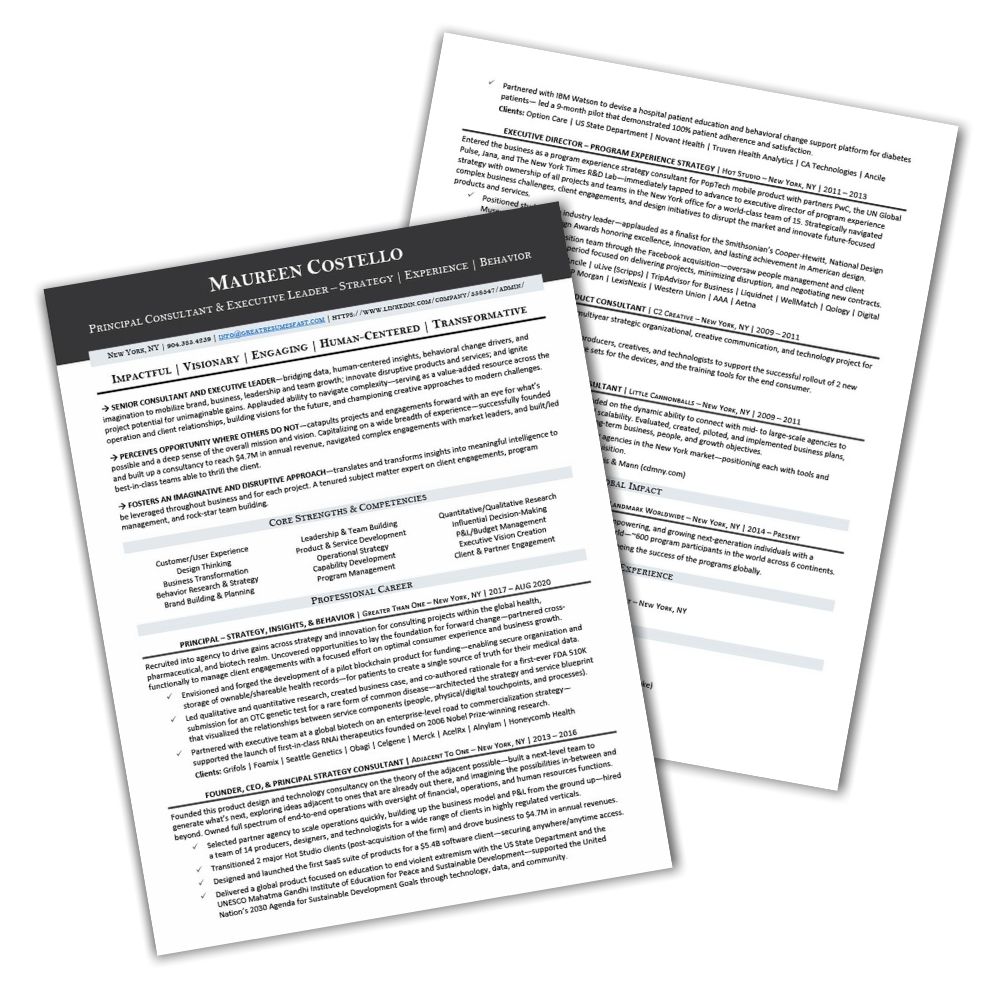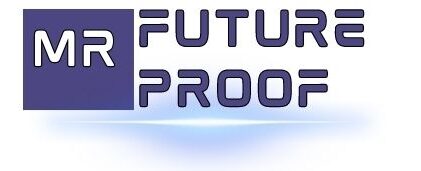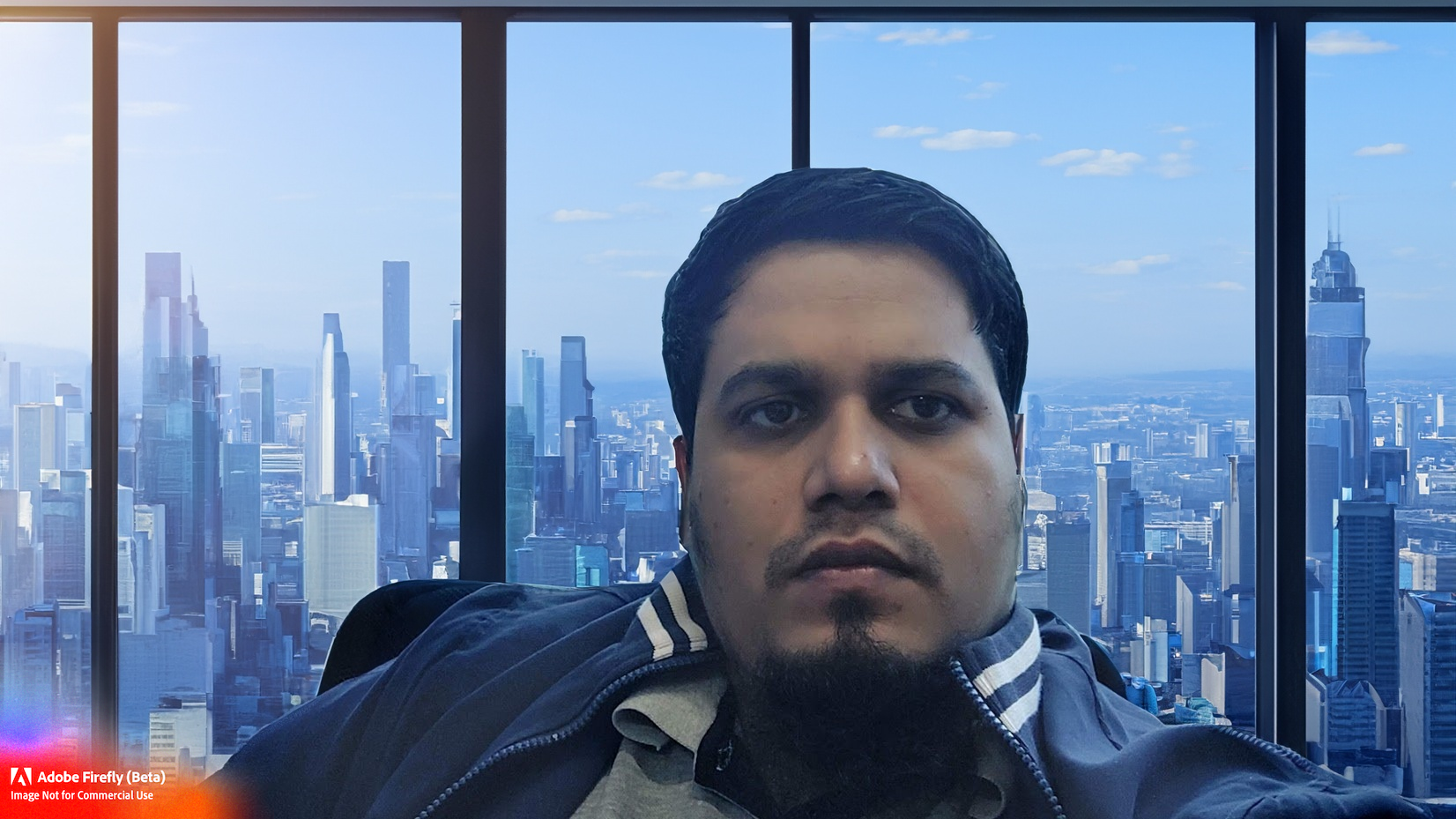Strategic thinking is essential to navigate complexity and find solutions for the future. This requires taking a holistic approach and considering multiple perspectives to make informed decisions.
Navigating complexity in today’s world requires more than just a problem-solving mindset. Strategic thinking involves taking a step back to assess the bigger picture, identifying patterns and trends, and considering multiple perspectives before making decisions that will have long-lasting impacts.
Such thinking is crucial for individuals and organizations to successfully navigate through uncertainty and complexity, especially in times of rapid change. By cultivating strategic thinking skills, one can develop the ability to anticipate potential challenges and opportunities, proactively plan for the future, and stay ahead of the curve. This article discusses the importance of strategic thinking and offers insights into how it can be applied in various contexts.

Credit: greatresumesfast.com
Characteristics Of Strategic Thinking
Strategic thinking is a unique ability that sets apart successful leaders. It involves assessing complex situations and devising innovative solutions that promote growth and sustainability. Here are some key characteristics of strategic thinking:
Innovativeness And Adaptability
Innovation and adaptability are two of the key characteristics of strategic thinking. Effective strategic thinkers prioritize innovation by identifying new opportunities and solutions that drive growth and competitiveness. They are also adaptable and can quickly adjust to unexpected changes and challenges, making them more likely to thrive in diverse and dynamic environments.
Proactive Approach
A proactive approach is also crucial for strategic thinkers. This means anticipating future challenges and opportunities and taking decisive action to capitalize on them. Effective strategic thinkers also take calculated risks when necessary, as this can lead to significant breakthroughs and competitive advantages.
Analytical And Holistic Thinking
Strategic thinkers employ analytical and holistic thinking to identify patterns and linkages in complex data and information. By using this approach, they can make informed and well-rounded decisions that consider the bigger picture. This kind of thinking also allows strategic thinkers to provide valuable insights that promote growth and success.
Long-Term Focus
Lastly, strategic thinking requires a long-term focus. This means thinking beyond immediate concerns and considering the long-term impact of decisions and actions. By doing this, strategic thinkers can ensure that they create sustainable solutions that promote growth, profitability, and competitiveness in the long run.
Successful leaders employ strategic thinking, which involves innovativeness and adaptability, a proactive approach, analytical and holistic thinking, and a long-term focus. By cultivating these characteristics, you can develop your strategic thinking abilities and drive growth and sustainability for your organization or team.
The Process Of Strategic Thinking
Strategic thinking is the process of analyzing complex problems, developing creative solutions, implementing strategic plans, and monitoring and evaluating results. It involves assessing an organization’s strengths, weaknesses, opportunities, and threats to navigate complexity and find future solutions.
Analyzing Complex Problems:
When analyzing complex problems, it’s essential to break them down into smaller, more manageable parts and gather relevant information. This often involves conducting research and using critical thinking skills to determine root causes and potential solutions. Key components of analyzing complex problems include brainstorming, swot analysis, and risk assessment.
- Brainstorming: Brainstorming is a process of generating a large number of ideas quickly. It can be done individually or in groups where everyone contributes ideas without criticism.
- Swot analysis: Swot analysis stands for strengths, weaknesses, opportunities, and threats. It’s a method used to assess an organization’s internal and external factors by identifying positive and negative attributes.
- Risk assessment: Risk assessment involves identifying potential risks and developing strategies to mitigate them.
Developing Creative Solutions:
Developing creative solutions requires thinking outside the box and considering various perspectives. This often involves finding new and innovative ways of doing things while incorporating feedback from stakeholders. Key components of developing creative solutions include ideation, prototyping, and testing.
- Ideation: Ideation is the creative process of generating, developing, and communicating new ideas.
- Prototyping: Prototyping is creating a mock-up of a solution to test its viability before implementation.
- Testing: Testing is the process of evaluating a prototype to ensure its effectiveness and efficiency.
Implementing Strategic Plans:
Implementing strategic plans involves putting solutions into action and making sure they align with an organization’s goals and objectives. Communication and collaboration are essential during this phase to ensure everyone is on the same page. Key components of implementing strategic plans include goal setting, resource allocation, and project management.
- Goal setting: Goal setting involves defining clear and measurable objectives to achieve an organization’s mission and vision.
- Resource allocation: Resource allocation involves determining the resources needed to implement a plan, such as finance, human resources, time, and technology.
- Project management: Project management involves overseeing the implementation of a plan, monitoring progress, and making adjustments as needed.
Monitoring And Evaluating Results:
Monitoring and evaluating results involves tracking progress, identifying successes and failures, and implementing changes to improve future outcomes. Key components of monitoring and evaluating results include data collection, performance analysis, and adaptation.
- Data collection: Data collection involves collecting information about the results of a plan through various means, such as surveys, interviews, and performance evaluations.
- Performance analysis: Performance analysis involves analyzing data to determine the effectiveness of a plan and identifying areas for improvement.
- Adaptation: Adaptation involves making changes to a plan based on performance analysis to improve future outcomes.
The process of strategic thinking involves analyzing complex problems, developing creative solutions, implementing strategic plans, and monitoring and evaluating results. By employing these key components, organizations can navigate complexity and find future solutions that align with their goals and objectives.
Benefits And Applications Of Strategic Thinking
Strategic thinking is an essential skill that can help navigate complexity and achieve future solutions. By focusing on the benefits and applications of strategic thinking, individuals and organizations can leverage this skill to enhance decision-making, problem-solving, and organizational effectiveness.
Improved Decision-Making
Strategic thinking can help individuals and organizations make better decisions by encouraging a long-term perspective and a focus on the big picture. By considering multiple scenarios and evaluating risks and opportunities, strategic thinkers are better equipped to make informed and effective decisions that align with their goals and objectives.
- Strategic thinking encourages a long-term perspective and a focus on the big picture.
- Strategic thinkers consider multiple scenarios and evaluate risks and opportunities.
- Strategic thinking leads to informed and effective decisions that align with goals and objectives.
Enhanced Problem-Solving Skills
Strategic thinking can improve problem-solving skills by promoting a systemic approach and encouraging creativity and innovation. Strategic thinkers analyze problems from multiple angles, identify root causes, and develop innovative solutions that address underlying issues and opportunities.
- Strategic thinking promotes a systemic approach to problem-solving.
- Strategic thinkers analyze problems from multiple angles.
- Strategic thinking leads to creative and innovative solutions that address underlying issues and opportunities.
Increased Organizational Effectiveness
Strategic thinking can enhance organizational effectiveness by aligning goals, objectives, and actions, promoting collaboration and communication, and fostering a culture of continuous improvement. By leveraging strategic thinking skills, individuals and organizations can optimize performance, increase efficiency, and adapt to changing environments.
- Strategic thinking aligns goals, objectives, and actions.
- Strategic thinking promotes collaboration and communication.
- Strategic thinking fosters a culture of continuous improvement.
Real-Life Examples Of Successful Strategic Thinking In Business, Government, And Social Sectors
Successful strategic thinking has been demonstrated in various industries and sectors, including business, government, and social sectors. For example, amazon’s growth and expansion strategy, the u. s. government’s response to the covid-19 pandemic, and the implementation of the united nations sustainable development goals are all examples of successful strategic thinking in action.
- Amazon’s growth and expansion strategy.
- The u.s. government’s response to the covid-19 pandemic.
- The implementation of the united nations sustainable development goals.
The benefits and applications of strategic thinking are numerous and can help individuals and organizations navigate complexity, achieve future solutions, and optimize performance. By leveraging strategic thinking skills, individuals and organizations can improve decision-making, problem-solving, and organizational effectiveness.
Frequently Asked Questions Of Strategic Thinking: Navigating Complexity For Future Solutions
What Is Strategic Thinking?
Strategic thinking involves analyzing complex situations and developing effective future-oriented solutions.
Why Is Strategic Thinking Important?
Strategic thinking helps individuals and organizations navigate complexity and uncertainty, anticipate changes, and adapt to new situations.
How Can One Develop Strategic Thinking Skills?
One can develop strategic thinking skills by practicing critical thinking, seeking diverse perspectives, learning from past experiences, and staying informed about trends and developments in their field.
Conclusion
As we have seen, strategic thinking is a crucial skill that is essential to navigating complexity and finding solutions for the future. It requires a combination of critical thinking, creativity, and the ability to broaden our perspective beyond our immediate concerns.
By developing this skill, we can become better equipped to anticipate and respond to challenges and opportunities in a rapidly changing world. Remember that strategic thinking is not just about making plans, but also about continual learning, adaptation, and collaboration.
By engaging in ongoing reflection and iteration, we can refine our strategies and achieve even greater success. With the right mindset and approach, we can navigate complexity with confidence and create a better future for ourselves and our communities. So, let’s start developing this skill and transforming our way of thinking for a brighter tomorrow!

